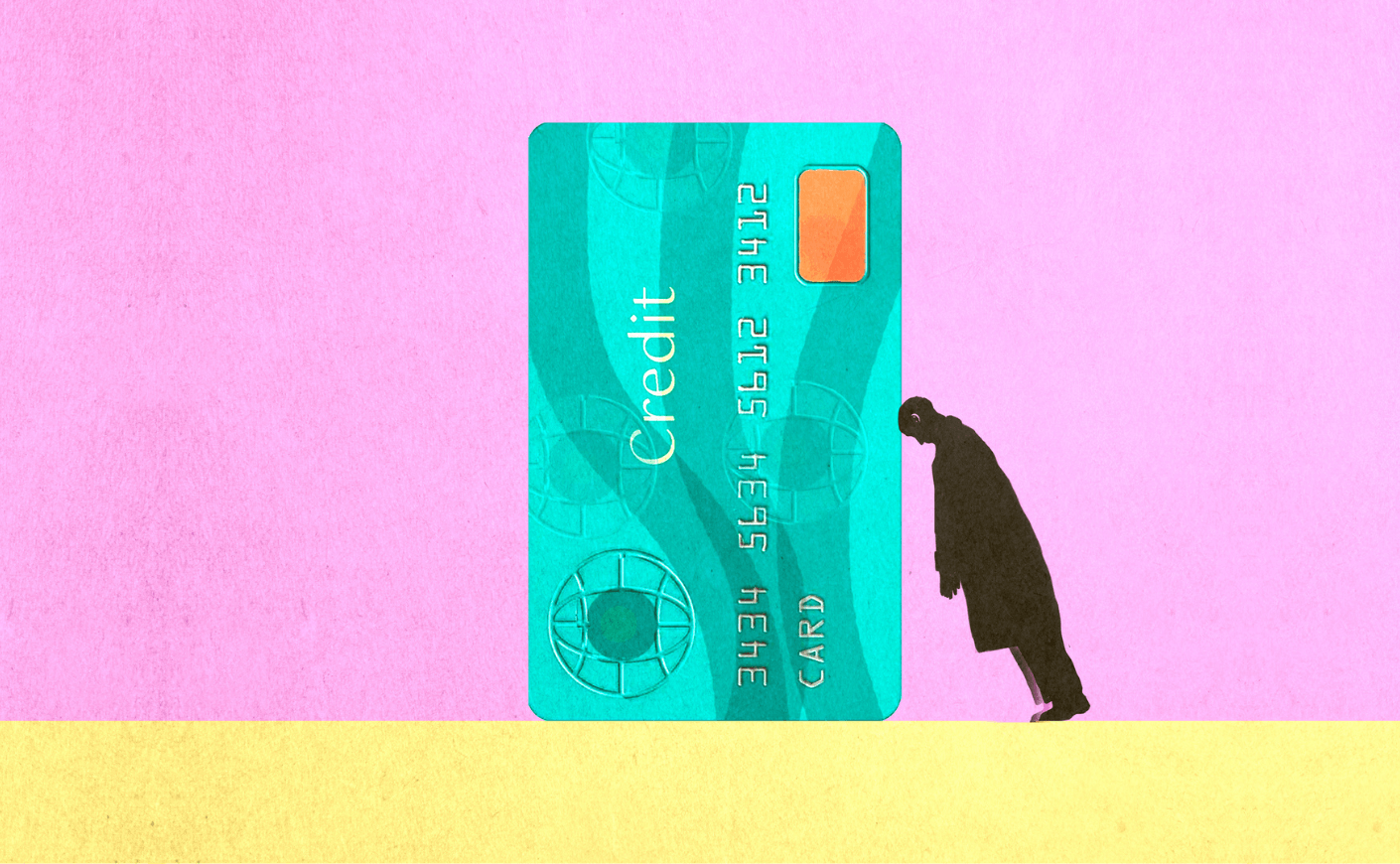Tiffany Aliche was living a steady and secure life as a preschool teacher, complete with a cozy condo, a growing retirement account, and life insurance in place. But when the recession hit, her financial stability crumbled. She lost her job, and debt came crashing in — nearly $300,000 of it.
Fast forward to today, and Aliche has transformed her story and finances, becoming an inspiring force for millions. Known as The Budgetnista, she’s an award-winning financial expert and the best-selling author of Get Good With Money. Her incredible journey even inspired a Netflix documentary of the same name. (It’s definitely one to add to your watchlist.) But the road to financial freedom wasn’t easy, and the lessons she learned along the way are ones she now shares to help others.
“In the beginning, when I was working on getting out of debt, that was the only thing I focused on. Every penny I had, I put it toward debt,” Aliche told Katie Couric Media. It took her two and a half years to clear her credit card balances. Somehow, once she did, the achievement felt hollow. “That’s when a lightbulb went on in my head, and I realized that being 'debt-free' doesn’t equal wealth.”
Instead of putting every spare dollar toward aggressively paying off her $50,000 in student loans, Aliche shifted her strategy. She automated the minimum payments and redirected her focus to growing her nest egg by learning, earning, and investing.
Her approach paid off, enabling her to escape debt and achieve financial independence. Here are some of the key strategies and tips Aliche used to turn her finances around that you can apply to your own financial situation.
Start with a financial checkup
For those overwhelmed by debt and unsure where to begin, Aliche emphasizes the importance of gaining clarity around your money situation. Begin by conducting a thorough financial assessment:
- Write down all bills, debts, and their associated interest rates
- Note the amounts owed, who the creditors are, and the standing of each debt
“It’s very important to understand who you owe,” she explained. This step is critical for prioritizing which debts to tackle first. “You need to list everything out and then prioritize: OK, who am I going to pay first?’” said Aliche. “Sometimes people will self-diagnose without really digging into the problem.”
Lean on tried-and-true debt repayment strategies
To address her obligations, Aliche began repaying her debt step-by-step using two different strategies: “the snowball” and “the avalanche” methods. The “snowball method,“ popularized by Dave Ramsey, focuses on paying off smaller debts first, creating quick wins that build momentum. “As you get to your higher and higher debts, you’re collecting minimums along the way,” said Aliche. “So your payments are more effective.”
The “avalanche method” targets debts with the highest interest rates, saving money over time. By combining these two approaches, Aliche eliminated her debt and has since remained 100 percent debt-free — including owning two homes outright. “It was a lot of hard work,” said Aliche, “but it was possible.”
Use simple tech tools to tackle debt
When it comes to organizing debt repayment, Aliche prefers keeping things straightforward. “I actually really like an Excel spreadsheet,” she shared. While it might feel old-school, listing out all your debts — who you owe, how much, and key details like interest rates — can provide a clear picture of your financial situation.
Beyond spreadsheets, Aliche emphasizes the power of using your bank account to automate payments. “For instance, if your monthly Verizon bill is $50, you could set up your bank to pay $100 on the 15th of each month,” she explained. The extra $50 acts as an overpayment, helping to reduce your balance faster. “By reallocating extra money from your budget, you can make faster progress on specific debts.”
Aliche also recommends setting a calendar reminder for when a particular debt is expected to be fully paid off. Once it is, she suggests rolling the payment amount into another debt, continuing the momentum. “Keep it simple,” she advises. “Use what works and focus on consistency.”












